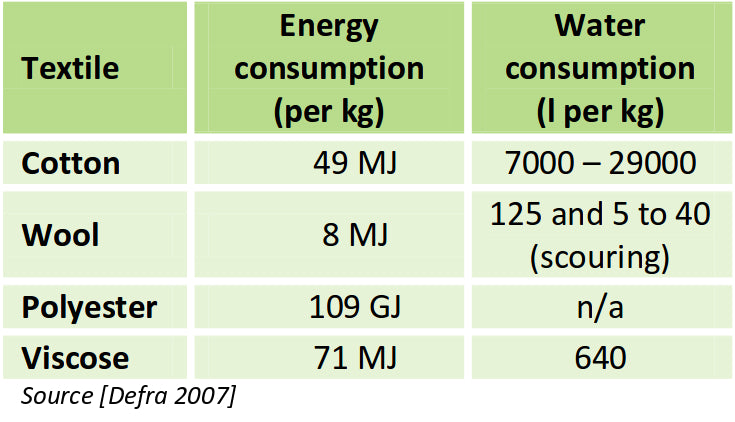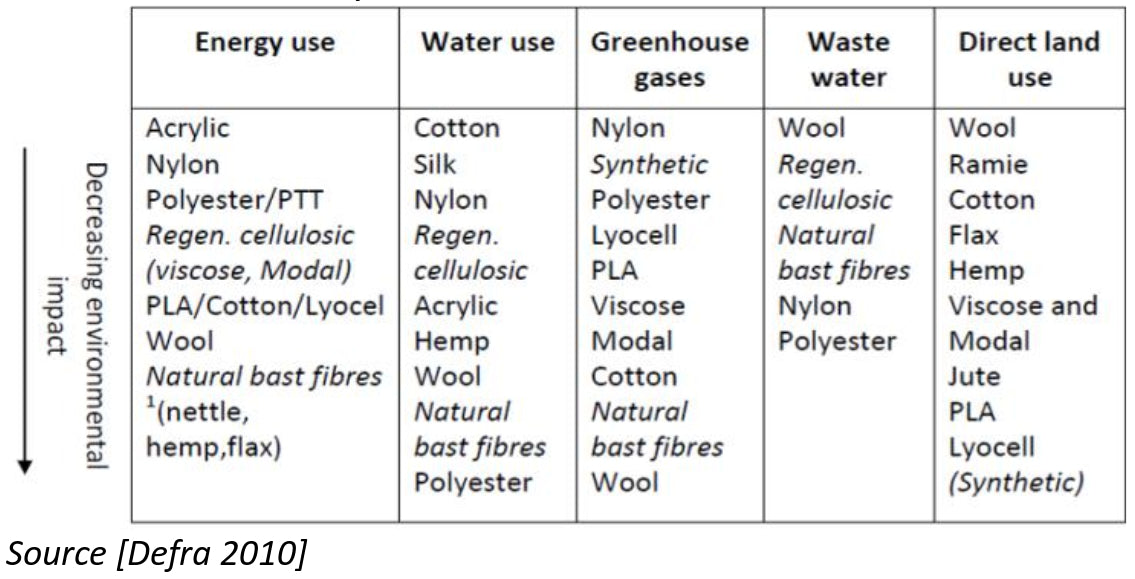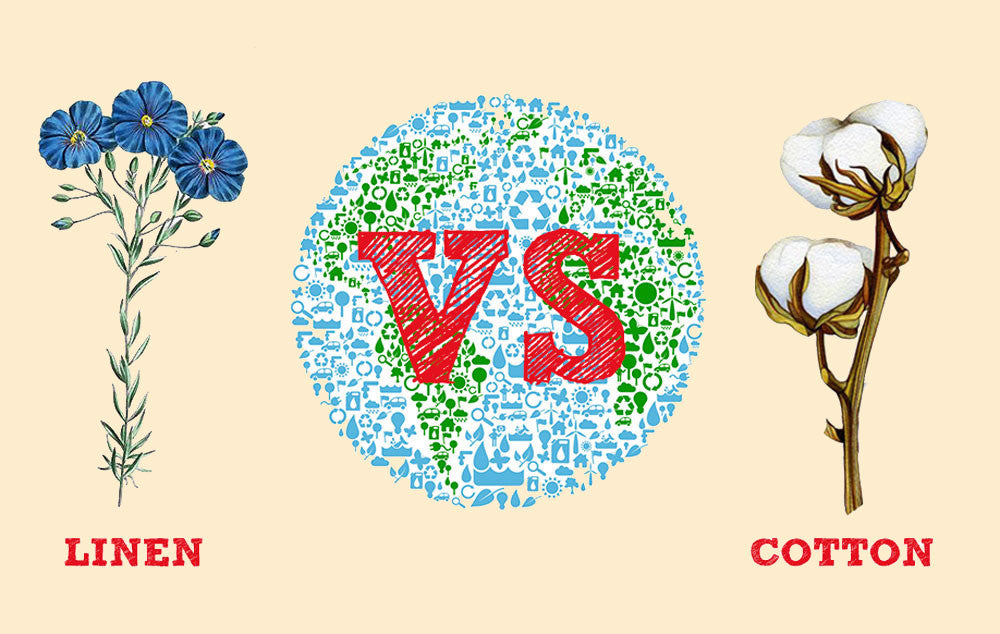Your Cart is Empty
FREE SHIPPING FOR ALL ORDERS $200+
Menu
-
- Shop
- Shop by Brand
- Custom Mattresses
- Why Wholesome Linen?
- Learn & Inspire
- The Journal
- Eco Eve's Weekly Pregnancy Guide Podcast - Natural & Holistic Guide by Wholesome Linen
- Natural Baby Nursery Guide 2025 - Pure, Non-Toxic Essentials
- The Science Behind Flax Linen Weighted Blankets: Benefits for Sleep, Anxiety, and More
- The Evolution of Baby Cradles: From Vintage Wood to Modern Marvels
- When Can a Toddler Have a Pillow? - The Ultimate Guide to Eco-Friendly and Natural Options
- Gifting
-
- +1.213.444.6072
- Login

FREE SHIPPING FOR ALL ORDERS $200+
Linen vs Cotton: Which Fabric is Better for Earth?
April 22, 2016 4 min read

Happy Earth Day to our readers!
Earth Day – Why it's Important. Our planet is truly a magnificent place. Known as the Blue Planet due to its abundance of water, the Earth is an incredibly complex and vibrant ecosystem, where living organisms interact with each other and their environment to create the ideal conditions for life.
We have it all: it’s warm but not too warm, lots of water but again, not too much, we have clean air, food and medicine around us. It’s perfect. And it’s in trouble. Which brings us to Earth Day. In this day and age of instant information, we are finally beginning to understand the consequences of our actions and the impact they are having on our world and our survivability as a species. Wherever you look, nature is under assault and if we don’t take steps now to try and repair the damage, there might not be much of a world left for our children to pass onto theirs.
Earth Day definition
Earth Day is an annual event celebrated on April 22. Worldwide, various events are held to demonstrate support for environmental protection. First celebrated in 1970, Earth Day events in more than 193 countries are now coordinated globally by the Earth Day Network.
The idea for a national day to focus on the environment came to Earth Day founder Gaylord Nelson, then a U.S. Senator from Wisconsin, after witnessing the ravages of the 1969 massive oil spill in Santa Barbara, California. Inspired by the student anti-war movement, he realized that if he could infuse that energy with an emerging public consciousness about air and water pollution, it would force environmental protection onto the national political agenda. Senator Nelson announced the idea for a “national teach-in on the environment” to the national media;
On April 22,1970, 20 million Americans took to the streets, parks, and auditoriums to demonstrate for a healthy, sustainable environment in massive coast-to-coast rallies. Thousands of colleges and universities organized protests against the deterioration of the environment. Groups that had been fighting against oil spills, polluting factories and power plants, raw sewage, toxic dumps, pesticides, freeways, the loss of wilderness, and the extinction of wildlife suddenly realized they shared common values.
On April 22,1970, 20 million Americans took to the streets, parks, and auditoriums to demonstrate for a healthy, sustainable environment in massive coast-to-coast rallies. Thousands of colleges and universities organized protests against the deterioration of the environment. Groups that had been fighting against oil spills, polluting factories and power plants, raw sewage, toxic dumps, pesticides, freeways, the loss of wilderness, and the extinction of wildlife suddenly realized they shared common values.
Environmental impact of textile industry
In this wholesome post we want to share with you a summary of investigation into the sustainability of different kinds of fabrics and suggests steps that you can take to reduce your environmental footprint when choosing fabrics.
The report reviews several studies on the environmental impact of different garments over their life cycle, from fibre production to manufacture, use and disposal. The report suggests that the two largest impacts from a garment on the environment are its production and its use. In other words, distribution (transport and storage) and disposal have a comparatively low impact on the environment.
The report quotes a study which indicates the energy and water consumption associated with the production of different textiles:

The table shows that synthetic textiles require far more energy than textiles made from natural fibre but require far less water. Another table from the same study indicates not only the relative energy and water consumption of different textiles but also how they compare in terms of greenhouse gas emissions, waste water and land use.

It is difficult to draw a simple conclusion from this information, as to which fabric has the lowest environmental impact overall, as textiles made from natural fibers often require more water (e.g. for irrigation) and more land than synthetic textiles. However, it would appear that natural bast fibers such as flax, hemp and nettle have an edge overall.
The report does not appear to consider resource depletion (e.g. the crude oil required for synthetic fibers) and other environmental impact categories.
The report does not appear to consider resource depletion (e.g. the crude oil required for synthetic fibers) and other environmental impact categories.
Linen vs Cotton
The report quotes a study which compares otherwise identical shirts made from cotton and from linen (flax). It suggests that “as with other studies, the consumer use phase provides the largest consumption of water and primary energy; both approximately 80% of the total”, depending on the assumptions made (e.g. ironing of the garment). Assuming linen requires more ironing than cotton, its use requires more energy. However, the production of linen requires less water and fares better in terms of water toxicity. As a result, as per the textile comparison above, overall, the environmental impact of the linen (flax) shirt is considered to be lower than that of the cotton shirt.
Ways to reduce human impact on the environment:
If you want to reduce your impact on the environment from the clothes you wear and linens you use, we suggest you consider the following:
- Buy clothes and home textile items made from natural bast fibers such as hemp or flax where this is an option. Otherwise woolen garments are likely to be a good choice from an environmental perspective.
- Perhaps more importantly, buy clothes that last and that you are prepared to wear for a while (regardless of fashion trends). Try buying only natural and long lasting bedding and home linens.
- Try old school but eco-friendly hung or lie flat to dry method for your textile.
- Most importantly, don’t wash your linens & clothes more than you need to. And when you do, make sure your washing machine is full and, whether you wash with a machine or by hand, wash at the lowest possible temperature.
KEEP OUR PLANET CLEAN AND GREEN!
#LetsMakeItWholesome
Subscribe
Sign up to get the latest on sales, new releases and more …

